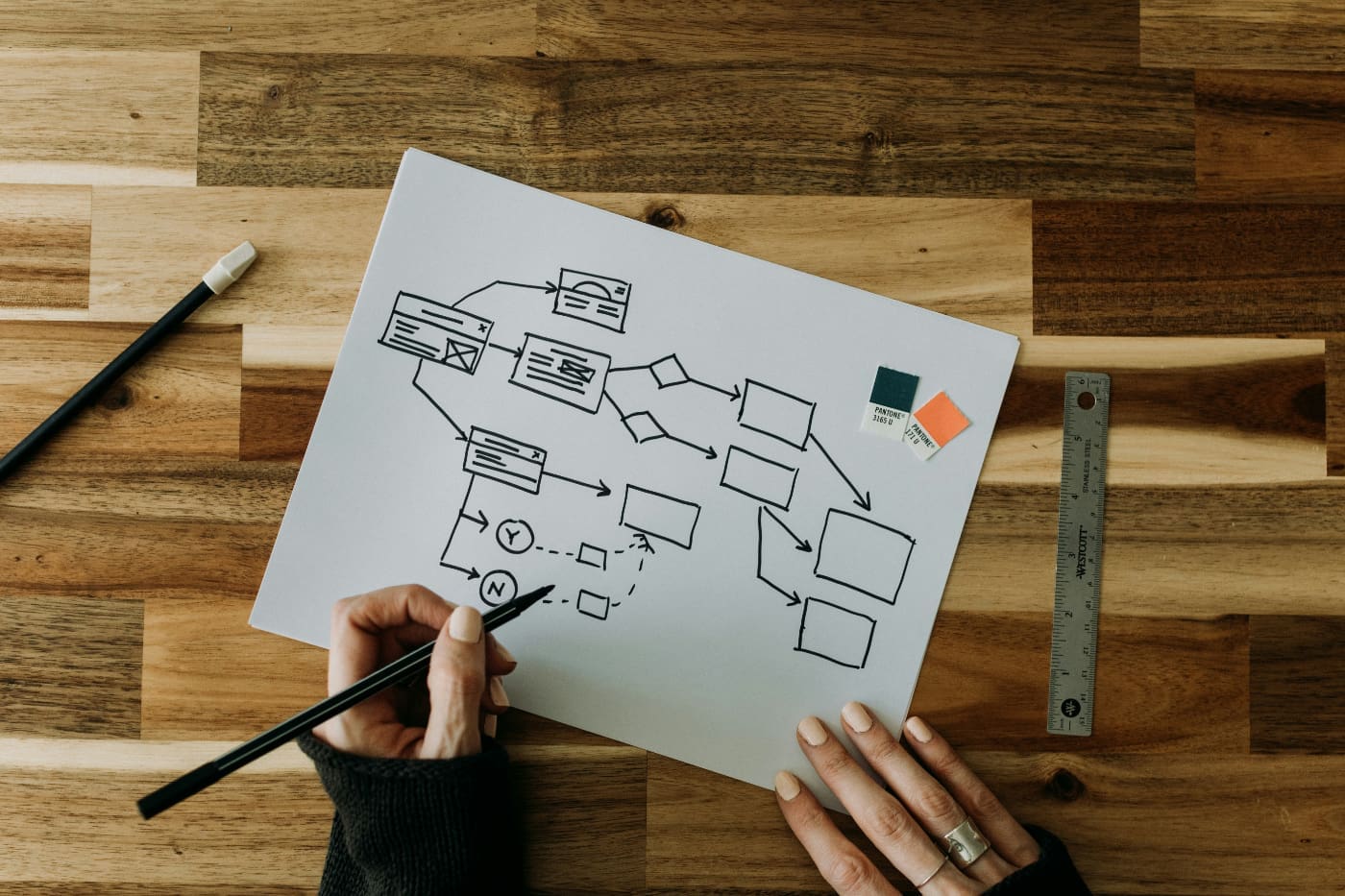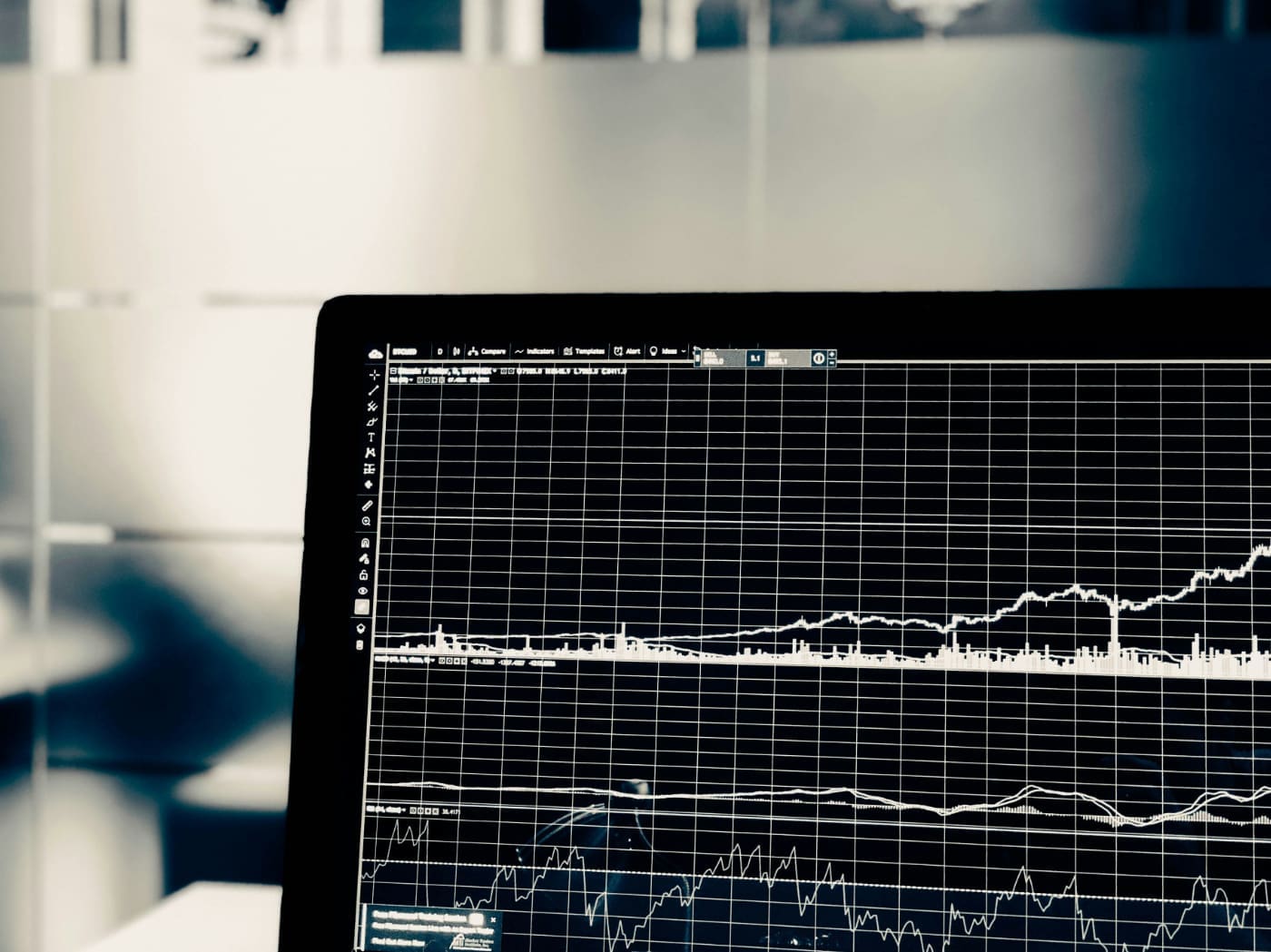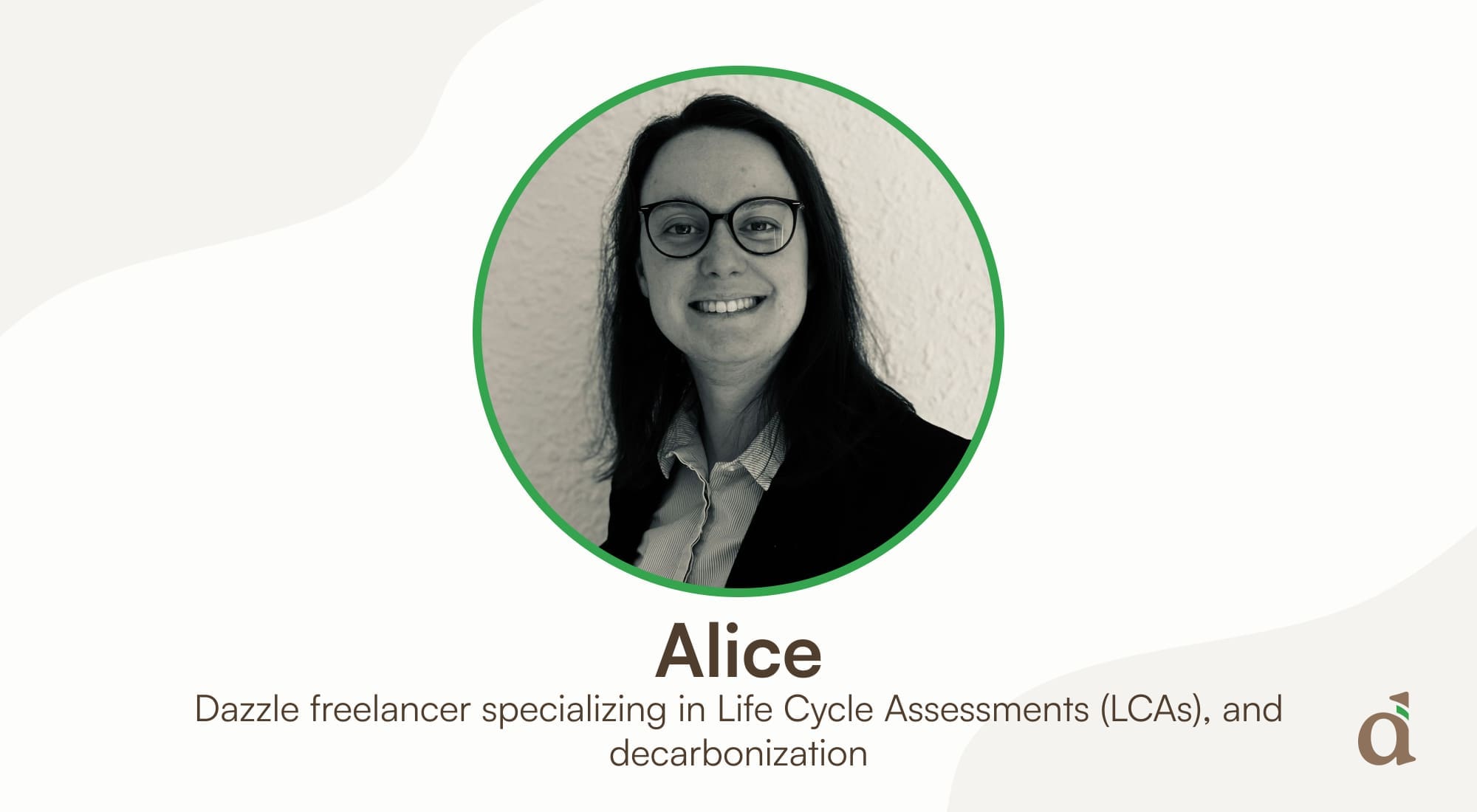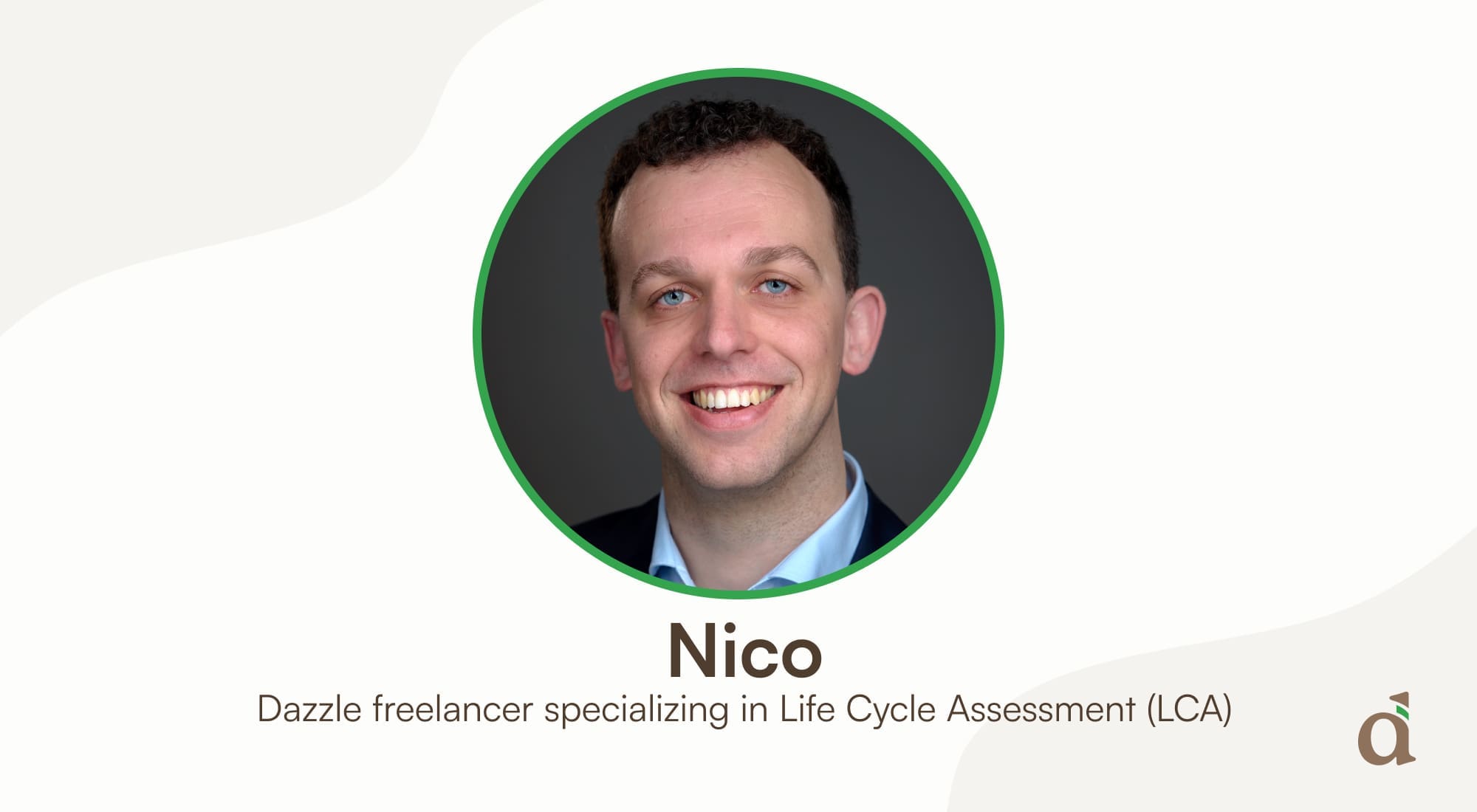About the author
What is a Life Cycle Assessment (LCA)? Why should I conduct one? And how can I prepare for an LCA of my own product, service or process?
We often receive these questions from our customers. If you’re curious about the answers, and want to better understand the world of Life Cycle Assessments, this article is for you.
What is a Life Cycle Assessment?
A Life Cycle Assessment is an evaluation method designed to quantify the environmental impacts of a product, a service, or a process.
While the impact on climate change (greenhouse gas emissions) is of great interest, many other indicators can be analyzed during the study (water consumption, land use, air and water pollution, effect on human health etc…)
The study takes into account the impact of all life cycle stages, from raw materials extraction to the end-of-life of the product.
Where should you start? How can you prepare for this Life Cycle Assessment?
Project scoping

First, you must appoint a project manager who can dedicate at least a few hours per week — over the course of 3-4 months — to the Life Cycle Assessment. Especially during the data collection phase, when they will often be solicited.
This person will work on the purpose of the assessment. This is important because the scope (and thus the price) can vary greatly depending on the reasons for your LCA.
- Is it a request from your customers who only want data about the production part?
- Is it for a regulatory claim that needs to follow a specific norm?
- Do you want to compare your products with other solutions?
- Is only carbon relevant for your product?
The Life Cycle Assessment expert will help you define the scope, the functional unit, and the methodology for your LCA based on your answers to these questions.
At the end of this step, you’ll know:
- The relevant indicators for your assessment.
- Whether or not you need to take into account all steps of the life cycle (raw materials extraction, transportation, manufacturing, use and end-of-life).
- And also the unit on which your results will be based (this is particularly important if you want to do a comparison).
Flowchart

The Life Cycle Assessment expert working with you is not an expert on your product; you are. To help them collect all the data, you should prepare a flowchart of your product or service’s manufacturing process. Including locations and process losses for each step as much as possible.
Do not forget any processes or inputs, as these will serve as the basis for your assessment.
Data collection

The most important step is to collect your data. The Life Cycle Assessment expert will always provide support during this step, but the project manager is in charge of gathering the correct data. You can even start gathering this data before starting the LCA process.
Your data should be linked to the 6 stages of a Life Cycle Assessment :
- Raw materials extraction, which involves extracting or manufacturing your product or service’s components. You can find raw materials in bills of materials, recipes, and other documents (such as materials and weights). Materials can also sometimes be finished goods!
- Materials transportation, which involves transporting your product’s components to your factory. Your suppliers or carriers will help you determine the distance and transportation means.
- Manufacturing, which is what you or your subcontractor do to assemble your final product. Each process requires energy and other inputs. Losses of raw materials also occur, and it is important to communicate this data.
- Downstream transportation, is the transportation of your finished goods to your customers. This will have to be estimated if you are a B2C (Business to Consumer) company, or gathered from your customers if you’re a B2B (Business to Business) company.
- Use of your products, involves the total impact your product can have during use. This is not just limited to energy consumption. Assumptions might have to be made and validated here.
- End-of-life, is defined by how your product is treated at the end of its life.
Make sure that all the data you gather is always related to the assessment topic.
These five steps need to be adapted for a service or a process. If data is missing, most of these steps can be modeled based on assumptions. But remember: the more accurate the data, the more accurate the results.
Once this is done, your Life Cycle Assessment expert will work on their model, and you can wait for the results!



